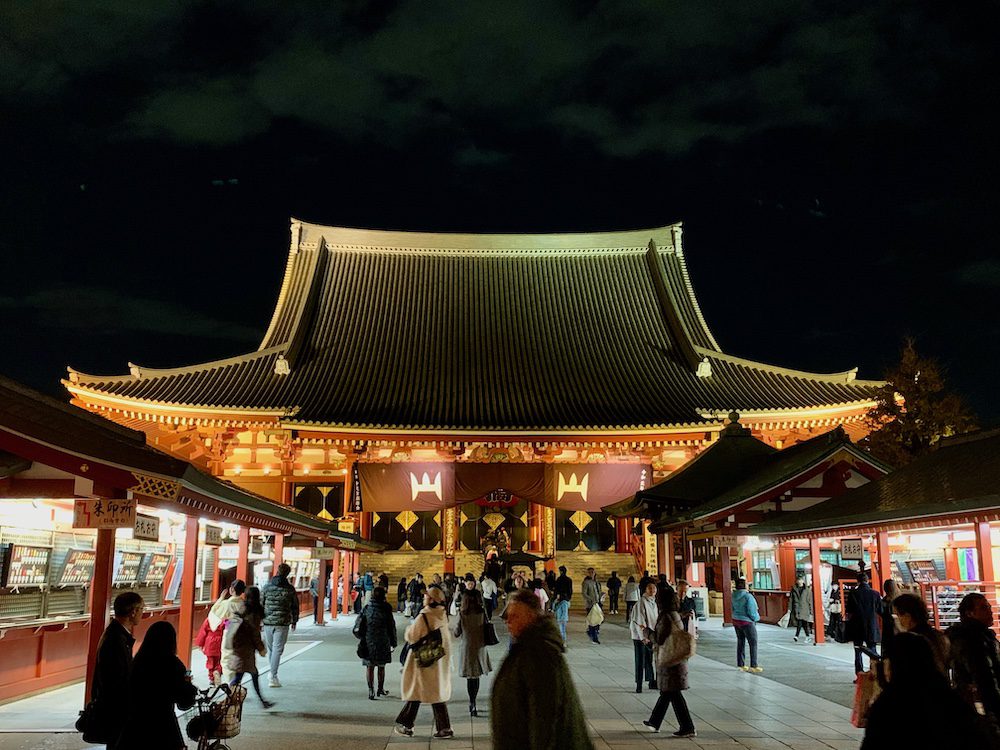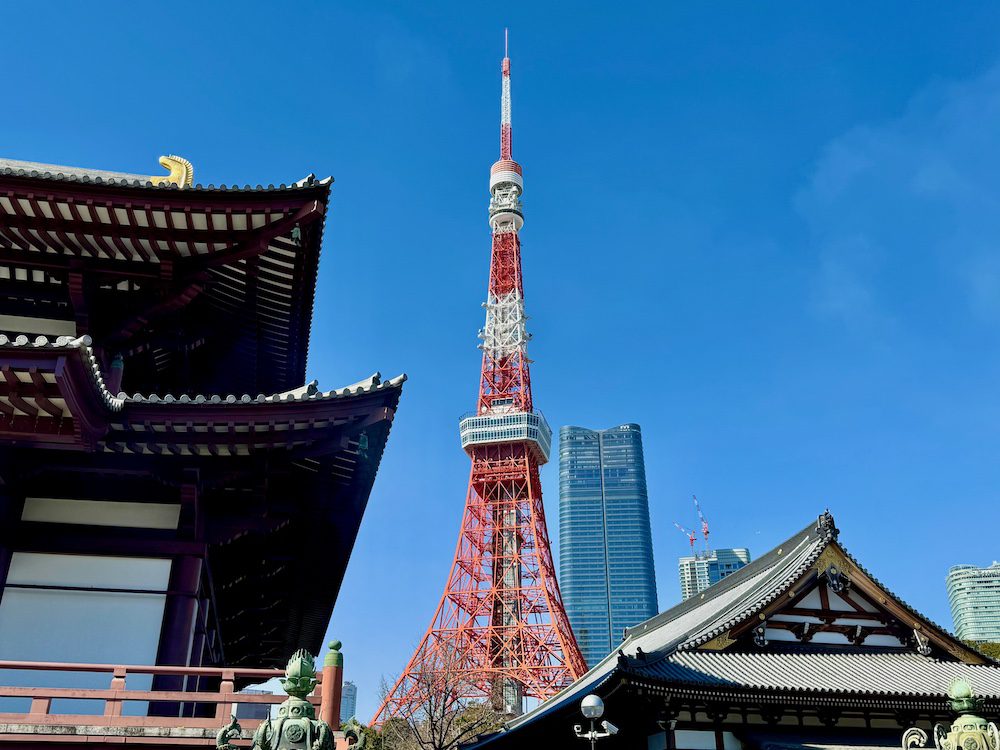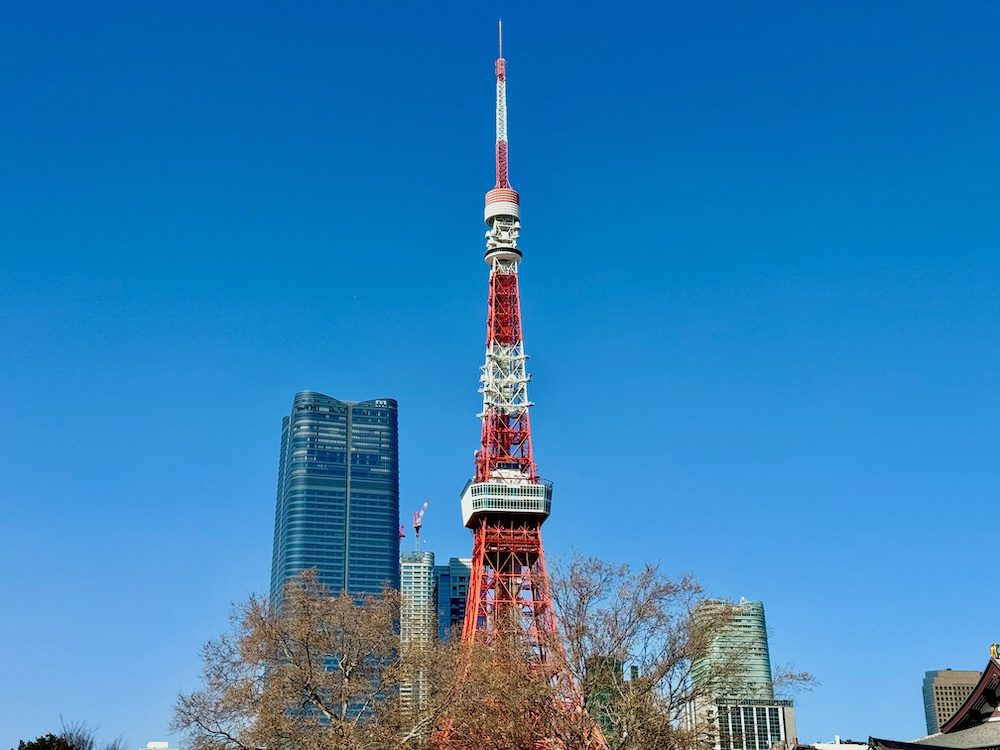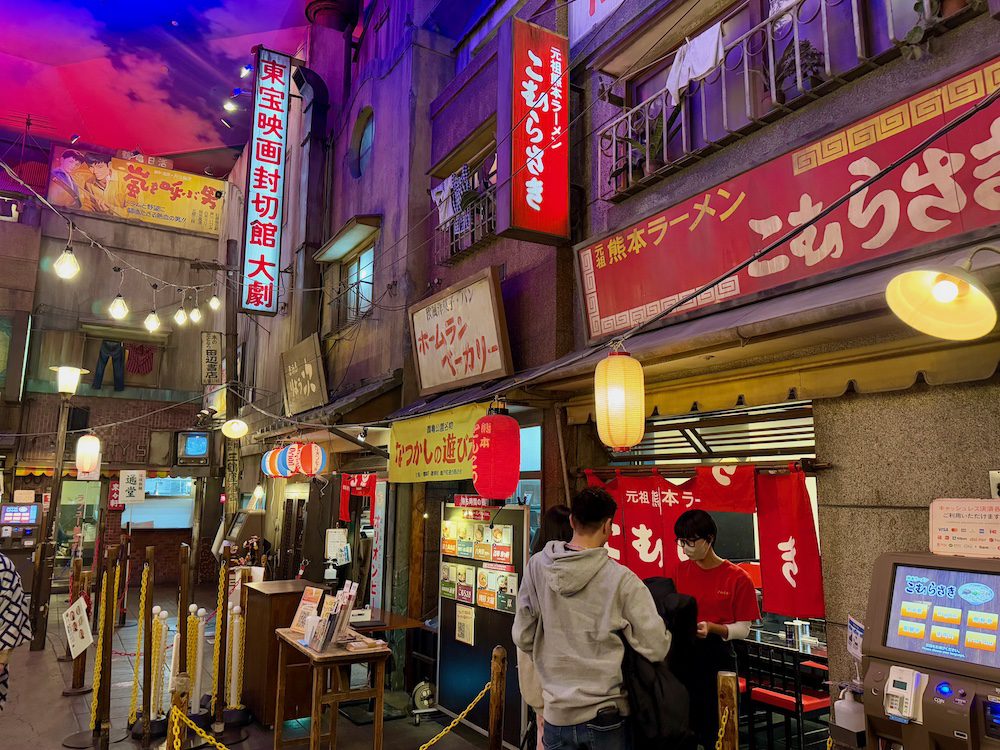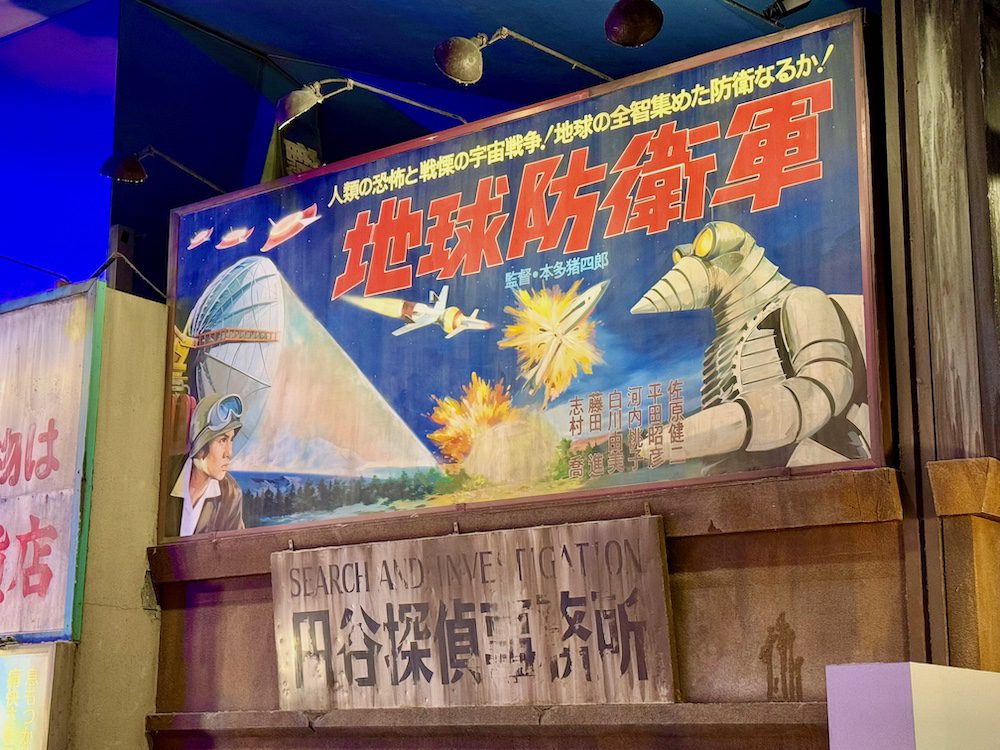Tokyo - Places to Visit
The Imperial Palace
The Imperial Palace serves as the primary residence of the Emperor of Japan. Situated in the heart of Tokyo, it covers a substantial area surrounded by gardens and moats. The palace is built on the former site of Edo Castle, the residence of the Tokugawa shoguns during the Edo period (1603-1868). After the Meiji Restoration, it became the residence of the Emperor. One of the iconic features is the Nijubashi Bridge (Double Bridge), a picturesque stone bridge that serves as an entrance to the main palace area.

Sensō-Ji Temple
Senso-ji, also known as Asakusa Kannon Temple, is Tokyo’s oldest and most significant Buddhist temple. Founded in 628 AD, Senso-ji is dedicated to Kannon, the Buddhist Goddess of Mercy. According to legend, the temple was built after two fishermen found a statue of Kannon in the Sumida River. The main entrance to Senso-ji is the Kaminarimon, a grand gate with a massive red lantern. Flanking the gate are statues of the Shinto gods Fujin (god of wind) and Raijin (god of thunder).

The Meiji Shrine
The Meiji Shrine was established in 1920 and completed in 1926 to honour Emperor Meiji, who played a crucial role in Japan’s modernisation during the Meiji Restoration in the late 19th century, and Empress Shoken. The torii gate at the entrance is made of cypress wood and is one of the largest in Japan. Visitors can witness or participate in various Shinto rituals and ceremonies, such as purification rites, prayers, and offerings made at the shrine.

Ameyoko Markets
The Ameya Yokocho Market, commonly known as Ameyoko, is a shopping street located in the Ueno. Originally a black market following World War II, the area has evolved into a bustling marketplace offering a wide range of goods, foods, and products. Ameyoko is easily accessible via public transportation, including the JR Yamanote Line, Tokyo Metro Ginza Line, and Toei Oedo Line, making it a convenient shopping destination for both locals and tourists.

Tokyo Tower
Tokyo Tower is one of Tokyo’s most famous landmarks, serving both as a telecommunications tower and a tourist attraction. Constructed in 1958, it was built to serve as a television broadcasting antenna and a symbol of Japan’s post-war recovery and modernisation. While monsters like Godzilla has destroyed the tower on many occasions, the odds are extremely slim that a similar occurance will happen if you decide to visit this iconic structure.

Shin Yokohama Ramen Museum
The Shin-Yokohama Ramen Museum is a unique food-themed museum opened in 1994. It’s main feature is the basement level, recreated as a 1958 Tokyo street, where visitors can explore and taste ramen from different regions of Japan, served by renowned ramen shops. The museum also showcases the history and evolution of ramen, interactive exhibits, and a shop selling ramen-related souvenirs.

The Yasukuni-jinja Shrine
The Yasukuni Shrine is a Shinto shrine dedicated to the spirits of those who have died in service to Japan. Established in 1869 by Emperor Meiji, the Shrine has been a source of controversy, particularly due to enshrining war criminals from World War II alongside other war dead. This has led to diplomatic tensions with countries that suffered under Japan’s wartime actions.

Yushukan Museum
Established in 1882, the Yushukan Museum is dedicated to preserving and exhibiting artifacts related to Japan’s military history. The museum displays a wide range of historical artifacts related to Japan’s military engagements from the Meiji Restoration (1868) to World War II and post-war conflicts. The museum’s portrayal of history remains a subject of ongoing debate, reflecting differing perspectives on Japan’s wartime past and the role of museums in interpreting historical events.

Government Building
Situated in the Shinjuku district, the Tokyo Metropolitan Government Building comprises twin towers, each 48 stories high. It offers panoramic views of Tokyo from observation decks in both towers. Visitors can access the observation decks in both towers for free, providing spectacular views of Tokyo and its skyline. On clear days, Mount Fuji can even be visible from the observation decks.











